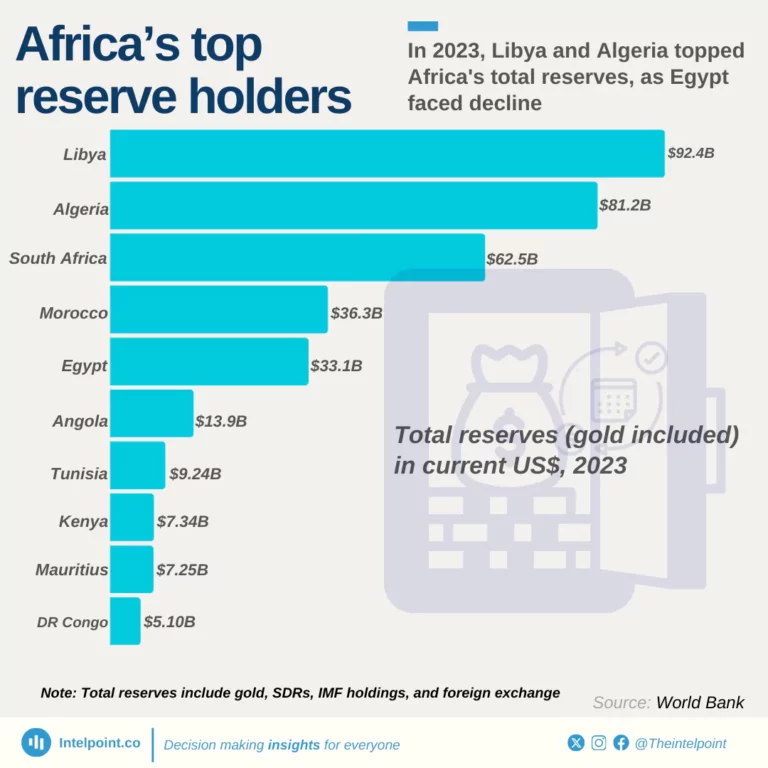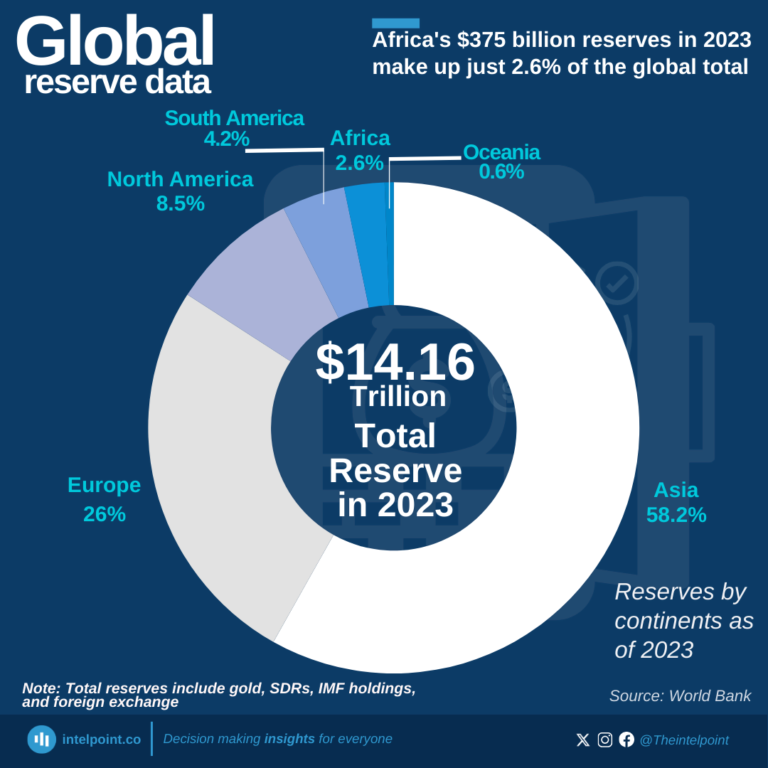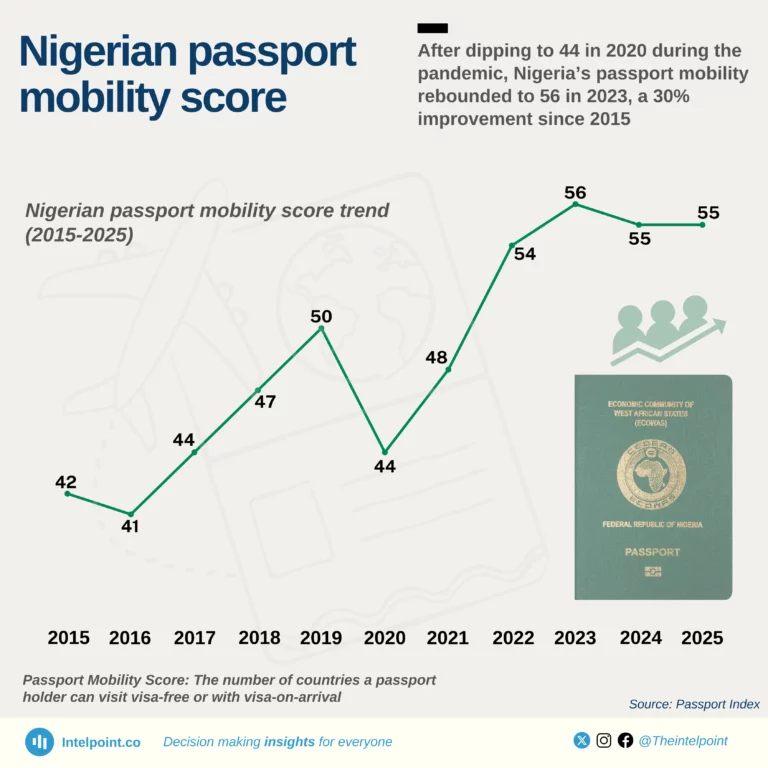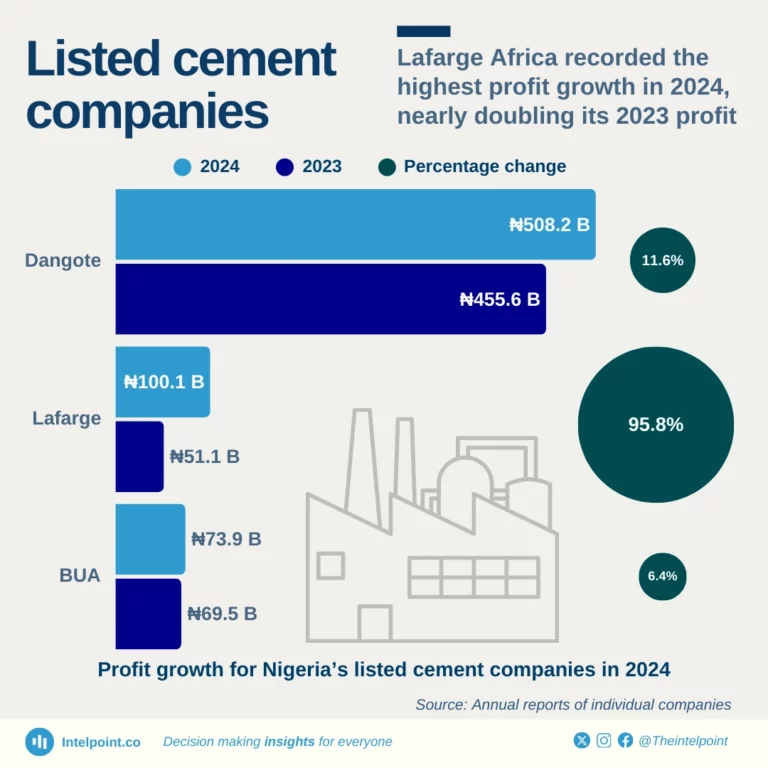Africa's sanitation crisis is alarming, with 17 of the top 20 countries having the highest open defecation rates.
Eritrea (67%), Niger (65%), and Chad (63%) lead, putting millions at risk of disease.
Even Nigeria, the most populous African country, has 18% of its population practising it.





